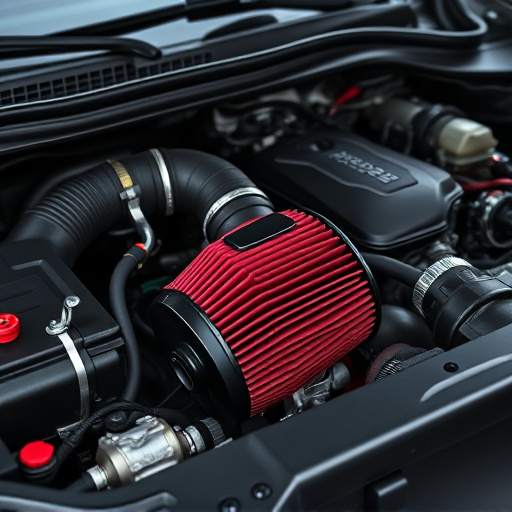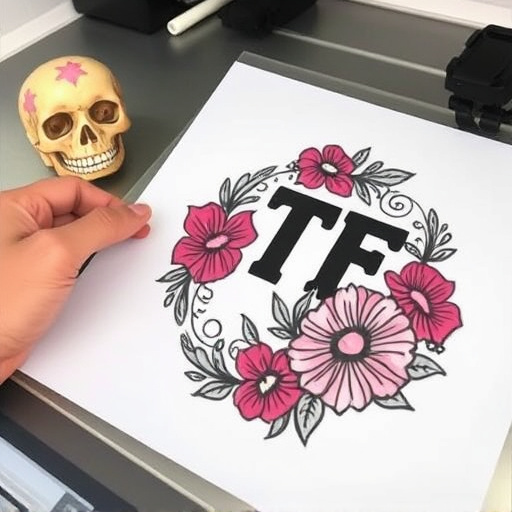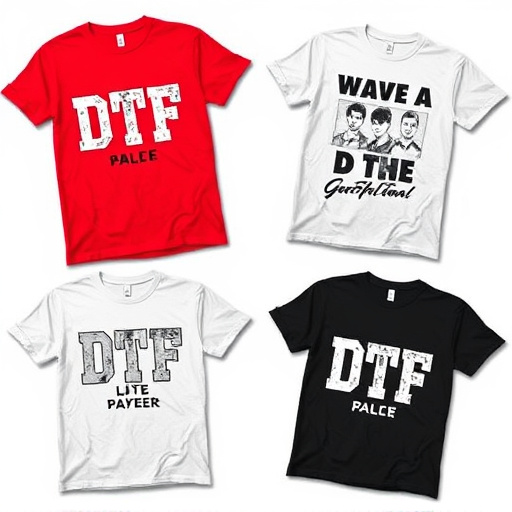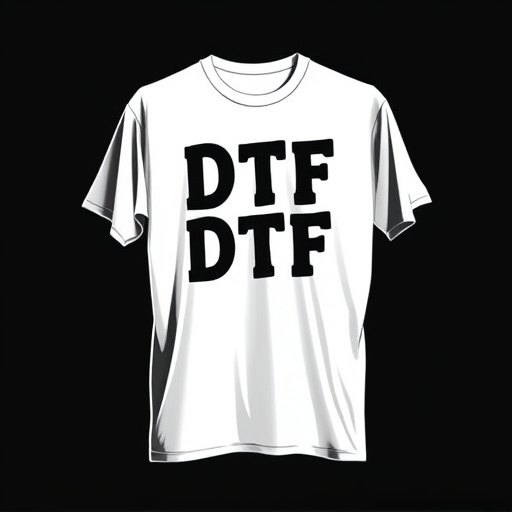Achieve superior DTF shirt printing with high-resolution (300 DPI+) designs in PNG/SVG formats using CMYK color profiles. Select high-quality inks for vibrant colors and fast drying times on various fabrics, enhancing contrast on dark garments. Choose cotton or poly-cotton blends for optimal ink adhesion and durability. Implement a rigorous workflow with consistent pre-press checks, monitoring heat press settings, and using calibrated equipment to ensure accurate, detailed prints that save time and resources.
Looking to elevate your DTF shirt printing game? Mastering quality control is key. This guide arms you with essential tips for exceptional results, ensuring every print is a masterpiece. Discover how preparing your design optimally, selecting the right ink and substrate, and implementing consistent pre-press and press checks can transform your prints from good to great. Elevate your DTF shirt printing journey today!
- Prepare Your Design for Optimal Print Quality
- Master the Art of Ink and Substrate Selection
- Implement Consistent Pre-Press and Press Checks
Prepare Your Design for Optimal Print Quality
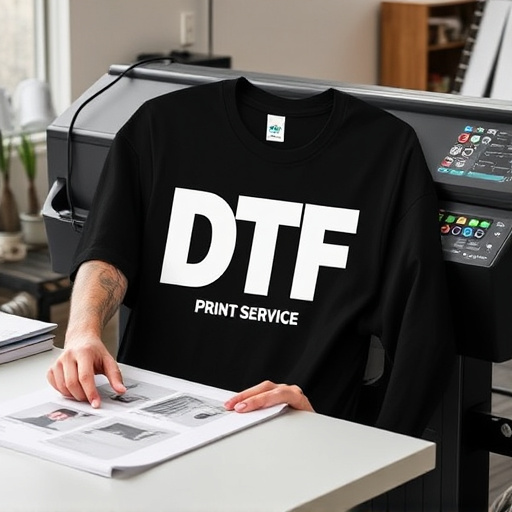
To achieve superior results in DTF shirt printing, start by preparing your design for optimal print quality. This involves ensuring that your artwork is at the right resolution—typically 300 DPI or higher—and saved in a compatible file format like PNG or SVG. High-resolution images allow for crisp, detailed prints, making them ideal for showcasing intricate logos and text on clothing.
Additionally, color accuracy is paramount. Use CMYK color profiles when designing, as DTF printing uses this color model. This ensures that your colors appear accurately on the final product. When preparing your design, consider the substrate—in this case, the shirt material—and adjust your settings accordingly. The right balance of ink and heat application during printing is crucial for vibrant, long-lasting dtf prints on various fabric types, especially when creating logos for clothing brands.
Master the Art of Ink and Substrate Selection
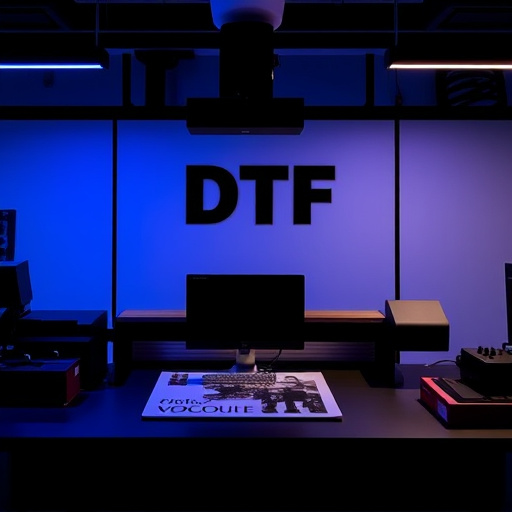
Choosing the right ink and substrate is a crucial step in achieving exceptional DTF shirt printing outcomes. When selecting inks, consider factors like color vibrancy, fast drying time, and compatibility with various fabrics. High-quality inks designed specifically for direct-to-fabric (DTF) printing ensure that colors remain vibrant even after multiple washes, preventing fading. For DTF printing on dark fabrics, choosing light-colored or white inks can enhance the contrast and visibility of your designs.
The substrate, or the fabric itself, plays a significant role in the final print quality. Different fabrics have varying levels of absorbency, which impact ink adhesion and drying. For example, cotton and poly-cotton blends are popular choices due to their excellent balance between breathability and durability. When working with DTF transfers, ensuring a smooth surface on the substrate is essential for precise and detailed prints.
Implement Consistent Pre-Press and Press Checks
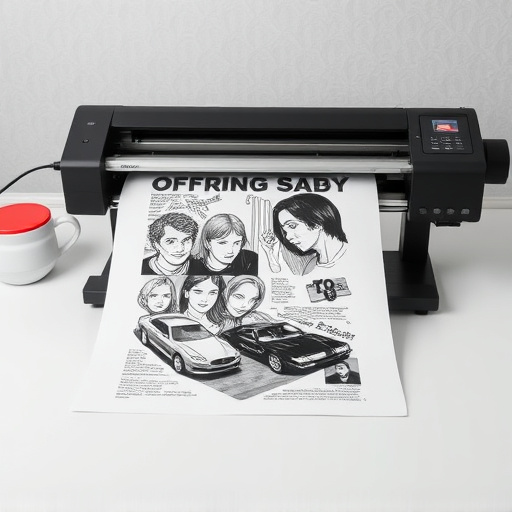
To achieve top-notch DTF shirt printing results, implement consistent pre-press and press checks as a standard part of your workflow. Before printing any design, thoroughly inspect the digital file for any errors or inconsistencies. This includes checking for resolution, color accuracy, and image quality. Using high-resolution images and ensuring proper color profiles will significantly reduce the likelihood of print defects.
During the printing process, conduct regular checks to monitor the heat press temperature, pressure, and application time. Inaccurate settings can lead to poor ink transfer or uneven printing. Regularly calibrate your heat press and use high-quality DTF heat transfer paper to ensure consistency in every print. These meticulous steps will not only enhance the quality of your final products but also save you time and resources in the long run.
Ensuring high-quality DTF shirt printing is achievable through careful design preparation, thoughtful ink and substrate choices, and rigorous pre-press and press checks. By implementing these quality control tips, you can produce vibrant, precise prints that meet customer expectations. Mastering these aspects of the process will elevate your DTF Shirt Printing results to new levels, creating satisfied customers and a thriving business.




